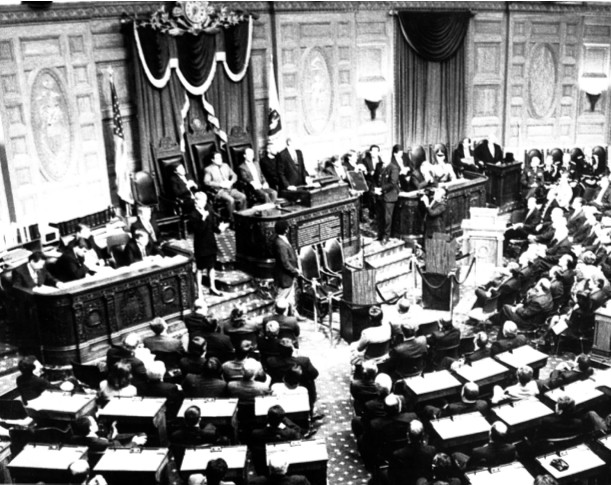Introduction
and Mission Statement
The Economics of STAMP
How
STAMP works
The
CGE Team
Deliverables
States
that have applied STAMP
What
the press is saying about STAMP
|
|
First
developed in 1994, STAMP identified the negative economic consequences
of a proposed graduated income tax in Massachusetts. Massachusetts
voters defeated the proposal in November of that year. Since then
STAMP has been applied in a number of states considering tax changes
States
where STAMP has been applied
|
Alabama
Arizona
California
Florida
Georgia
Hawaii
Illinois
Kansas
Maine
Maryland
Massachusetts
Michigan
|
Minnesota
Mississippi
New
Jersey
New
Mexico
New
York
Ohio
Oklahoma
Pennsylvania
Texas
Virginia
Washington
Wisconsin
|
Regions
where STAMP has been applied
Birmingham
Huntsville
Mobile
Montgomery
New
York City
Highlights
Texas-STAMP.
In 2005, the Texas Public Policy Foundation used Texas-STAMP to
examine a proposal calling for a payroll tax combined with higher
taxes on sales, cigarettes and property. Texas-STAMP showed a loss
of 40,000 jobs, $13 billion in annual investment and $9 billion
in personal disposable income. The Wall Street Journal reported
the results and the legislature dropped the payroll tax.
Alabama-STAMP.
In 2002, the Governor of Alabama sought to increase state taxes
by $1.2 billion. The Alabama Policy Institute used Alabama-STAMP
in its study, "Tax Changes in Alabama: the Economic Consequences"
which detailed the economic effects of the proposal. Voters defeated
the proposal by a margin of more than two to one in a referendum
vote.
New
York City-STAMP. In 2001, and later in an update in 2005, New
York City -STAMP identified the effects on the New York City economy
of proposed changes in the city income, sales, corporate and property
taxes for the Manhattan Institute. The institute used the model
to assess the tax policies of candidates for mayor in the November
2001 election and the effectiveness of tax cuts enacted under Mayor
Giuliani for creating jobs. Results from the 2005 version, renamed
"Gotham-STAMP," received attention in the New York City
press.
Washington-STAMP. In 2001, the Washington Policy Center
published The Economic Case Against an Income Tax in Washington
State to argue against a proposal by the Washington State Tax Structure
Committee. Using findings from the Washington-STAMP, WPC described
in detail how the imposition of an income tax would cost the state
134,000 jobs and reduce disposable income by $4.3 billion each year.
|
.

Letters
of Endorsements
Steve
Forbes, Publisher, Forbes & Honorary Chairman - Iowans
for Discounted Taxes
Paul
Guppy,Vice President for Research, Washington Policy Center
Gregory
K. Blankenship, Director, Illinois Policy Institute
Greg
Edwards, President, Center for Policy Research of New Jersey
Alan
Siegfreid, State Representative, State of Kansas, KS
Sally
C. Pipes, President and CEO, Pacific Research Institute, CA
Benjamin
H. Brooks, III, City Councillor, Mobile, AL
Lawrence
W. Reed, President, Mackinac Center for Public Policy, MI
David
J. Owsiany, J.D., President, Buckeye Institute, OH
Larry
Mone, President, Manhattan Institute for Policy Research, NYC
Michael
Thompson, Thomas Jefferson Institute, VA
Sean
Duffy, President, Commonwealth Foundation, PA
Persons
interested in acquiring a STAMP for their state should contact:
Dr.
David G. Tuerck, Executive Director
Beacon Hill Institute, Suffolk University
8 Ashburton Place
Boston, MA 02108
Phone: 617-573-8750
Fax: 617-994-4279
Email: dtuerck@beaconhill.org
To
obtain a PDF version of the BHI
STAMP brochure click here
|
